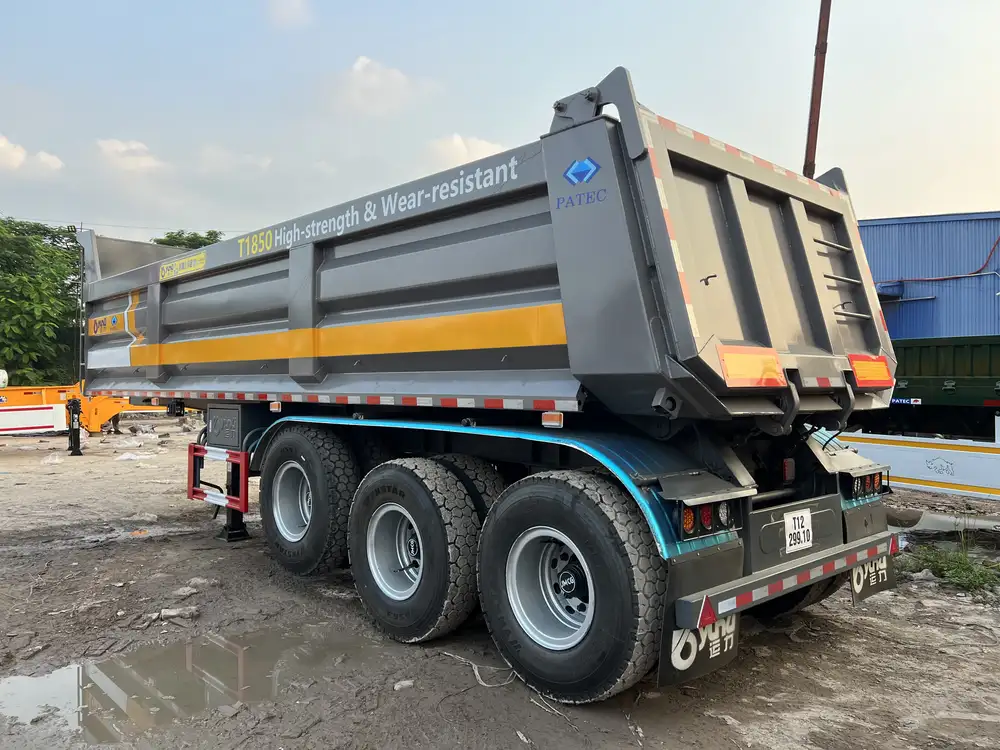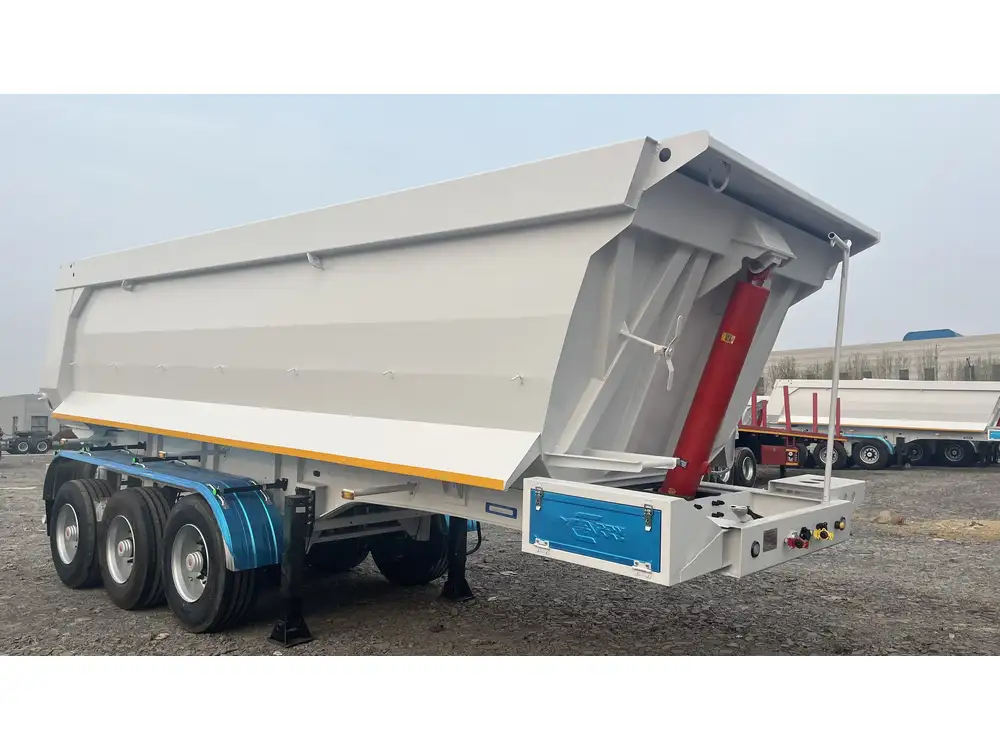When it comes to maximizing the efficiency and safety of flatbed trailers, understanding how to add hooks can significantly enhance load security and transport effectiveness. Properly installed hooks not only help in tethering various types of cargo but also contribute to safer hauling practices. In this exhaustive guide, we will delve into the intricacies of adding hooks to your flatbed trailer, focusing on methods, materials, and essential safety considerations.
Understanding the Necessity of Hooks in Flatbed Trailers
Flatbed trailers are employed across diverse industries, primarily due to their versatility in transporting a wide range of goods. However, without proper securing mechanisms, the risk of load shifting or falling during transit increases dramatically. Hooks play a vital role in mitigating these risks by providing reliable anchoring points for load straps, chains, and ropes.
Benefits of Using Hooks
| Benefit | Description |
|---|---|
| Enhanced Security | Hooks provide secure attachment points to minimize load movement. |
| Increased Flexibility | Versatile designs allow for a variety of securing methods. |
| Time-Efficient | Simplifies loading and unloading processes, saving time on each job. |
| Durability | Quality hooks are built to withstand significant tension and wear. |

Selecting the Right Type of Hooks
Before diving into the installation process, it’s crucial to choose the right type of hooks compatible with your flatbed trailer. The selection typically depends on cargo type, size, and weight capacity. Here are the most common types of hooks used:
S-Hooks: Ideal for lightweight loads, these hooks are easy to clip and unclip but may not be suitable for heavier cargo.
Lifting Hooks: Designed for hoisting heavy loads, these often have safety latches to ensure that the cargo remains securely attached during transportation.
E-Track Hooks: Used in conjunction with E-track systems, these hooks offer versatility and can be adjusted easily along the track for different load configurations.
Ratchet Hooks: Perfect for securing items tightly, these hooks work well with ratchet straps to hold cargo in place firmly.
Factors to Consider
- Weight Capacity: Always verify the maximum weight limit for the hooks to avoid overloading them.
- Material: Look for rust-resistant materials, particularly if the trailer will be exposed to weather elements.
- Compatibility: Ensure that the hooks can be mounted securely on the trailer’s structure.
Tools and Materials Required
Before proceeding with the installation, gather the necessary tools and materials. Here’s a concise list to guide you:
| Item | Purpose |
|---|---|
| Hooks | The securing mechanism for your trailer. |
| Drill | To create holes for mounting hooks. |
| Drill Bits | Use suitable sizes for the chosen hooks. |
| Bolt/Nut Sets | To secure the hooks firmly to the trailer. |
| Wrench | For tightening bolt connections. |
| Measuring Tape | To ensure precise placement of the hooks. |
| Level | To maintain proper alignment during installation. |

Step-by-Step Guide to Adding Hooks
Step 1: Plan and Measure
Before any physical work begins, strategic planning is essential. Use the measuring tape to determine the ideal locations for your hooks, considering the load distribution and necessary securing points based on the type of cargo you frequently transport.
- Calculate Load Distribution: Ensure hooks are spaced evenly to distribute load evenly across the trailer.
- Consider Accessibility: Place hooks in locations that are easily accessible during the loading and unloading process.
Step 2: Marking the Placement
Once the ideal locations are identified:
- Use a marker to indicate where you will drill holes for the hooks.
- It’s advisable to review these positions to ensure that they won’t interfere with any existing trailer components or loading systems.

Step 3: Drilling Holes
- Select the Appropriate Drill Bit: Match the drill bit to the size of the bolts that will secure the hooks.
- Drill Pilot Holes: Start with smaller pilot holes, which can help prevent larger bits from wandering off-mark.
- Final Drilling: Drill the final holes based on the size of the bolts you will be using—make sure they are deep enough to secure the hooks adequately.
Step 4: Installing the Hooks
- Insert the Hook: Place the hook through the drilled hole.
- Secure with Bolts: Add washers and nuts on the underside of the trailer to prevent movement. For maximum stability, consider using lock washers to keep the bolts from loosening over time.
- Tighten Bolts: Use your wrench to secure the connections tightly—this is crucial for maintaining the integrity of the hook under tension.
Step 5: Testing the Installation
Once installed, it is paramount to test the security and functionality of the hooks:
- Attach a ratchet strap or tie-down to each hook and simulate the weight of a typical load.
- Inspect the hooks for any signs of movement or weakness.

Safety Considerations
Adding hooks to your flatbed trailer must prioritize safety. Here are some essential considerations:
Regular Inspections
- Ensure that hooks and their connections are inspected routinely. Look for any signs of wear, rust, or loosening.
- Regularly check that bolts are secure and not showing any signs of failure.
Load Management
- Do not exceed the load capacity of either the trailer or the hooks—this is critical for maintaining safety during transport.
- Always distribute weight evenly across the hooks to prevent tipping or instability.

Use of Safety Equipment
- Employ safety gear when working on the installation—gloves and protective eyewear are advisable.
- If transporting heavy or oversized loads, consider using additional safety restraints.
Conclusion
Adding hooks to your flatbed trailer can transform your hauling capabilities by increasing load security and simplifying the transport of goods. By following this guide, you can ensure that your installation is both effective and safe.
Emphasizing the importance of selection, installation, and ongoing maintenance of the hooks will not only safeguard your cargo but also enhance operational efficiency and increase customer satisfaction. The insights provided here set you on a path toward becoming proficient in the essential practices of trailer servicing, maximizing your operational potential for years to come.
Investing time in understanding and implementing these processes guarantees a reliable and secure journey for every load transported. Happy hauling!



